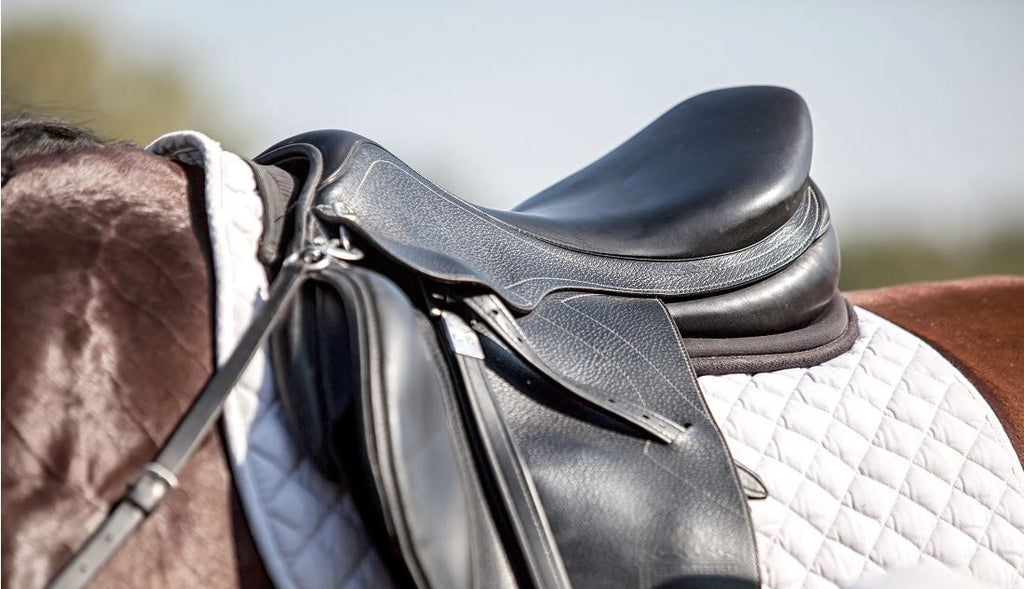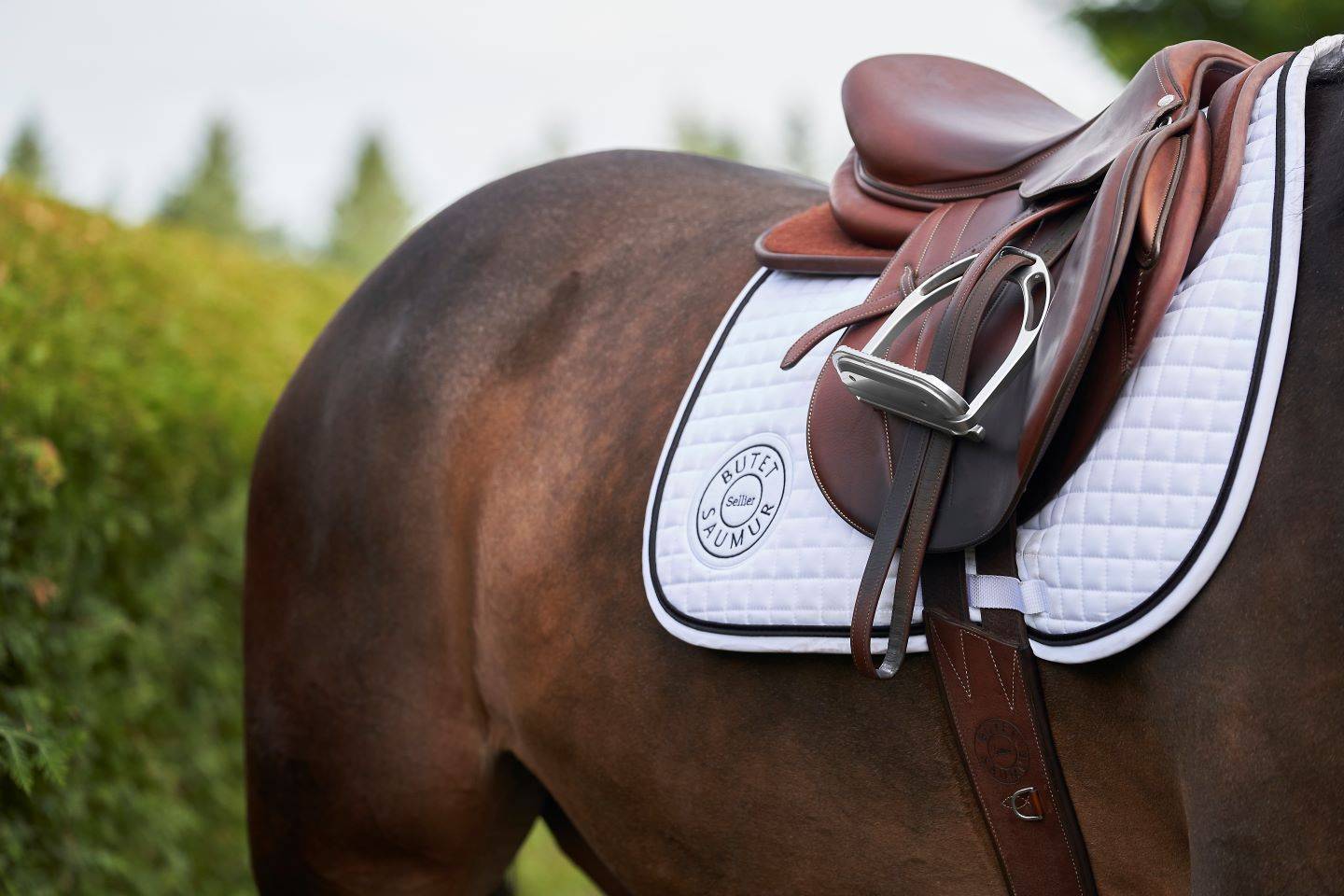Welcome, equestrian enthusiasts! How to clean moldy horse tack is a question many horse owners encounter. Tack that has developed mold is not only unpleasant but potentially harmful for your horse and expensive gear. In this comprehensive guide, we will teach you effective measures to tackle this issue head-on. We offer steps approved by experts, using technology and traditional methods that will provide tremendous results and leave you feeling delighted and ready for your next riding session.

Why is Tack Maintenance Important?
Horse tack is essential equipment for riding and needs to be maintained regularly. Tack that is in poor condition can lead to discomfort or injury for both horse and rider. Tack cleaning, especially mold elimination, is crucial to prolong the life of the equipment and upkeep safety standards.

Types of Moldy Tack
Leather Tack
Leather is a common and popular material used in horse tack. It is strong, durable, and comfortable for the horse. Nevertheless, mold thrives on leather in damp conditions.
Synthetic Tack
Synthetic materials like nylon are easier to clean but are not immune to mold. Proper cleaning techniques apply to keeping synthetic tack mold-free.
Fabric Tack
Items like saddle pads and girths, often made from fabrics, are susceptible to mold. Effective cleaning strategies are crucial to maintaining these items.

Recognizing Mold on Tack
Before delving into cleaning, it is essential to recognize mold on tack. Mold appears as black, white, or green spots on the surface. It can have a musty odor. Immediate action is needed upon detection to prevent damage.
Steps to Clean Moldy Tack
Preparation
Before starting, assemble your cleaning tools. You will need a clean cloth, specialized leather cleaner, a soft brush, and a disinfectant approved for use on tack. Find a well-ventilated area to work, preferably outdoors.
Initial Cleaning
Start by wiping off loose mold with a dry cloth. This removes the surface-level mold and makes the subsequent cleaning steps more effective.
Deep Cleaning
Apply a leather cleaner to the tack. Use a soft brush to gently scrub the surface. Ensure you reach all crevices where mold might be hiding. Follow the product’s instructions for the best results.
Disinfection
After cleaning, apply a disinfectant to eliminate any remaining mold spores. Ensure the product is safe for your tack.
Drying
Allow the tack to dry completely in a well-ventilated area. Avoid direct sunlight, which can damage the leather.
Products to Use
Recommended Leather Cleaners
Using a specialized leather cleaner is crucial. Products like Lexol or Fiebing’s Saddle Soap are excellent choices for leather tack.
Disinfectants
Consider using a disinfectant like Lysol, which is safe for leather. Always test a small area first to ensure no damage occurs.
Maintaining Tack After Cleaning
Regular Inspection
Regularly inspect your tack for signs of mold. Early detection can make cleaning easier and prevent extensive damage.
Proper Storage
Store tack in a dry, well-ventilated area. Consider using silica gel packets to control moisture levels.
Professional Help
When to Seek Expert Assistance
In cases of severe mold infestation or when dealing with valuable tack, it might be best to seek professional cleaning services.
FAQs
What causes mold to grow on horse tack?
Mold grows on tack due to moisture and poor ventilation.
Can mold damage my tack permanently?
Yes, mold can weaken and damage leather and other materials if not addressed promptly..
As an Amazon Associate, I earn from qualifying purchases.
